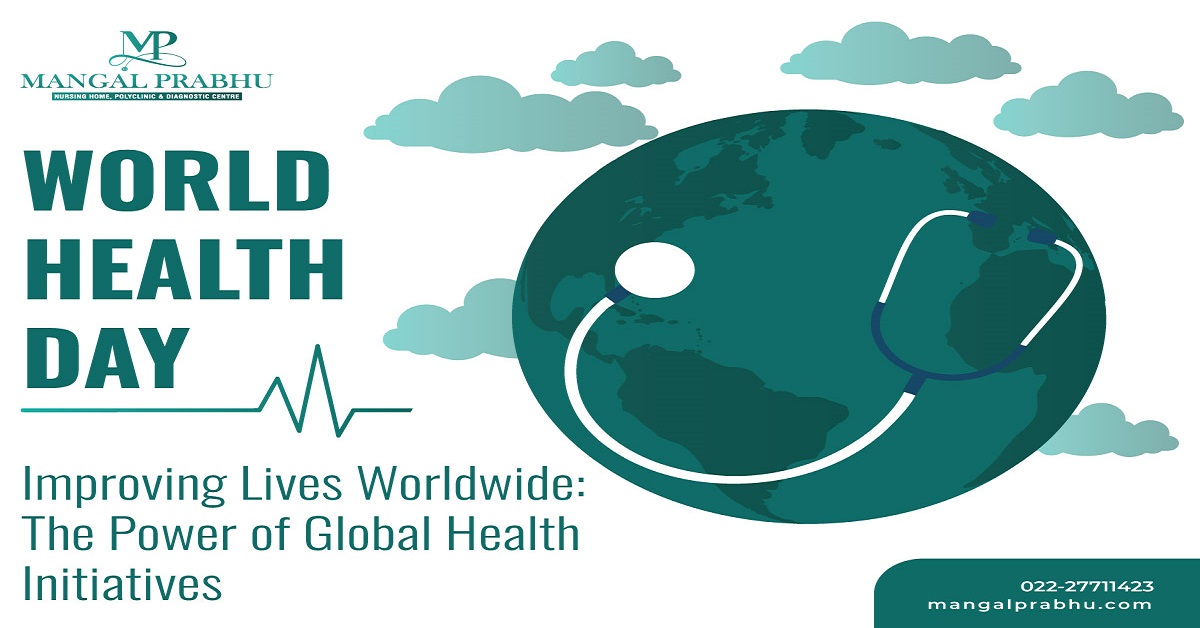
Global Health Initiatives are developed with the purpose of making healthcare services accessible to all parts of the world, especially developing nations. This program covers funding for certain ailments, like AIDS, immune diseases, tuberculosis, malaria, etc.
The initiative is changing thousands of lives by making healthcare financially feasible for all families in developing countries, especially ones that are not in a condition to pay their medical bills. It’s a collaboration of different stakeholders around the world to disburse funds to financially-weak economies, among middle and low-income groups.
Types of Global Health Initiatives
An example includes Cervical Cancer Elimination Initiative. It’s achieved by ensuring that 90% of the girls aged 15 years or above are vaccinated. They must be tested for cervical cancer at the age of 35 years and 45 years.
Another example is the Decade of Healthy Aging, which focuses on long-term care for elder citizens. Through this program, WHO aims to provide elders with age-friendly environments and the financial support they need for mental and physical fitness.
Introduced in 2018, the Global Initiative for Childhood Cancer is another famous Global Health Initiative designed to increase the survival rate of children diagnosed with cancer to 60% and improve their quality of life. Through this Initiative, WHO plans on improving the developing nation’s ability to provide children with access to the healthcare system and advanced medical care.
Also Read: 5 FACTORS TO CONSIDER WHILE CHOOSING A RIGHT MULTISPECIALTY HOSPITAL
Challenges of Global Health Initiatives
In the last two decades, we’ve seen significant development in global health initiatives and their impact on developing nations. But with the changes in political and financial landscapes, these initiatives might not prove effective. Despite WHO’s plan to make healthcare services accessible to all, some people from the rural and undeveloped sectors are still struggling with their health issues financially and physically.
Quality healthcare services is still a dream for many parents and children that can’t afford private medical facility. Besides that, the increasing number of global health issues, including noncommunicable diseases, environmental factors, and starvation are presenting new challenges. With these issues, organizations working for global health initiatives need to rethink their roles to contribute to the initiatives more effectively.
Benefits of Global Health Initiatives
Global Health Initiative is making people’s lives easier worldwide. It’s a great source of funding for those who can’t afford healthcare services. The plan covers children, adults, and elders diagnosed with a medical ailment or those at risk of developing a chronic condition.
It spreads awareness about preventable diseases and improves the quality of life of people undergoing treatment. The purpose of these initiatives is not just to provide better healthcare services to the people in developing nations, but to educate people and reduce the number of deaths from preventable diseases.
Final Thoughts
Global Health Initiatives are sponsored by WHO and the partnered organizations that aim to make healthcare available worldwide. While the political and financial challenges might make implementation challenging, these organizations come up with new ways to evolve and improve people’s lives positively.
